【Test】Keychron Beijing-made C1/K1/K2/K8 series keyboard evaluation, how about the Beijing-made keyboard, is it worth buying?
Write at the beginning: This article is mainly to evaluate the keyboard made by Beijing Tokyo, which is the keychron series keyboard. This keyboard is very popular on the Internet, and the SKU is very complete, covering a wide range of prices, whether it is for beginners or customized keyboards.
This time, I bought the keyboard together with a few friends who like keyboards. I want to make an evaluation of this series of keyboards as realistically as possible.
First come a big group photo:
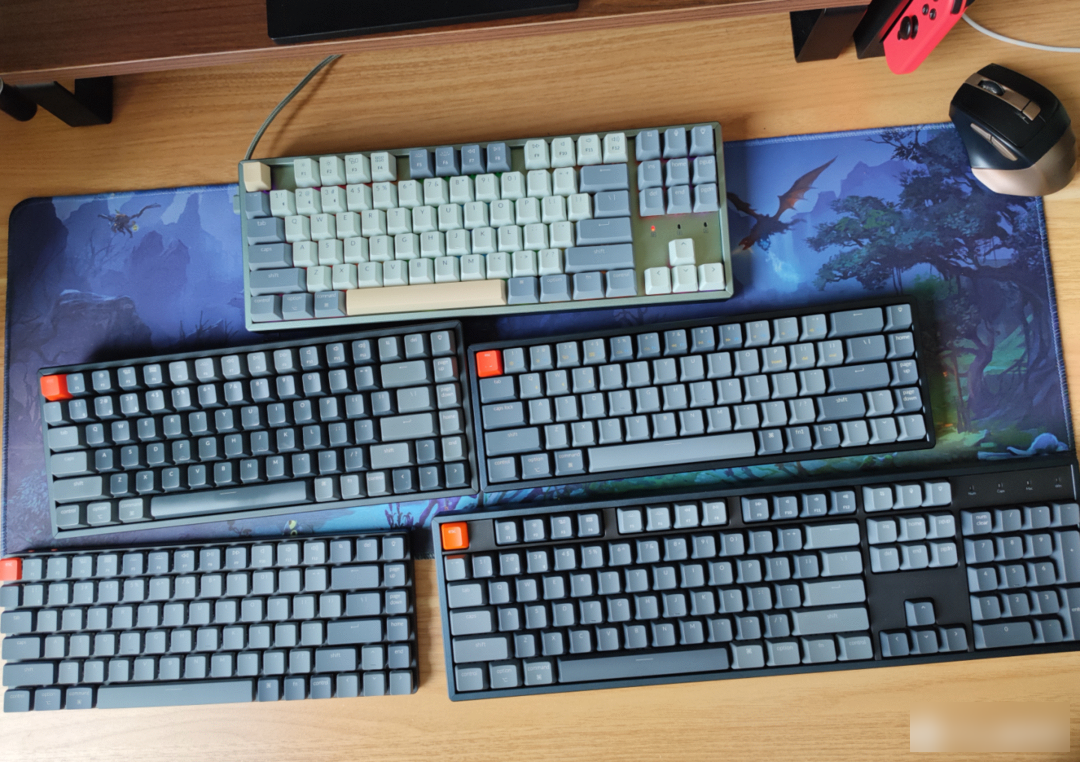
From top to bottom, from left to right, in order: K8 Epoch series-87 keys-hot swap-phantom tea switch, K2-84 keys-hot swap tea switch, K6-68 keys-RGB red switch, K3-84 keys-white light-short tea switch, K10- 104 keys - red axis RGB version.
Note: The article also includes the new 870 mechanical keyboard made by Beijing
It basically covers multiple products at multiple price points. In terms of switch body selection, there are mainly tea switches, red switches, short tea switches, and phantom tea switches. Among them, K2 has been used by a friend for a while, and it can be seen clearly. Show signs of use.
When it comes to mechanical keyboards before, they are all Cherry switches, but due to Cherry's lack of progress, domestic switches have caught up with or even surpassed Cheery in terms of feel and quality in recent years.
Many domestic brands, including Gateron, Kailh, Goto, and ttc, are very popular in the field of mechanical keyboards.
The entire series of mechanical keyboards made in Beijing use Jiadalong switches, including the more common Jiadalong green switches, brown switches, red switches, short switches, and phantom switches.
To put it simply, the linear axis can go to the end with one click, but the paragraph axis will be a little stuck.
The green axis is a typical paragraph axis, and there will be an obvious "click" sound when using it, while the red axis is a typical linear axis, straight up and down, very crisp, with only a "da", the tea axis is quite satisfactory, Between the two, the sense of passage is less obvious.
The same is the linear axis (paragraph axis), there are also differences.
The trigger pressure is different from the rebound point. For example, our commonly used membrane keyboard has a small trigger pressure and a small rebound point. You will feel a little sticky when using it. Laptop keyboards are mostly scissor keyboards, and the trigger pressure will be higher, but the key travel is still very short, typing is fast, and it is very average when playing games.
My point is: there is no best shaft, only the most suitable shaft.
Buy a keyboard and go back to experience it, and keep everything in the packaging well. If you think it’s not easy to use, then try another one—remember to buy a product with shipping insurance, so that the loss to the brand will be less.
In addition, now it is also supported to buy various shafts separately for customization. You can experience all kinds of shafts and see which one you like.
As far as I am concerned, I used to use the Cherry green switch the most in college, mainly for playing games, but it is really... very tiring to use.
Now when I play games, I usually use the tea switch of the mechanic. The code word is currently using the gold powder switch of ttc. Recently, I am using the K89 era series and Jiadalong phantom switch made by Beijing.

This really depends on your job content. You don’t need it for purely playing games. If it involves calculations, a small keyboard is still very useful.
At present, there are many kinds of keyboard configurations, the few are only 61 (cut off the F key + small keyboard), the most are 104/108 keys, and there are more than 70 keys, and the common one is 84/87 keys.
My point of view is: one is to see if you need a small keyboard, and the other is to pay attention to the position of important keys such as the Backspace key/Enter key.
Many keyboards like to make some fancy designs on these keys, which is very anti-human. As long as the large keys are well designed, basically there will be no mistakes.
Multi-mode is a variety of modes of connection, up to three: Bluetooth connection + 2.4G wireless connection + wired connection.
The 2.4G connection is to insert a signal receiver on the computer, because many desktop motherboards do not have Bluetooth, and this method is required to connect. All Jingzao series are dual-mode (Bluetooth + wired).
Among them, the Bluetooth connection supports one-key switching of multiple devices. These functions are not used by ordinary people, and it will only increase the cost of the keyboard...
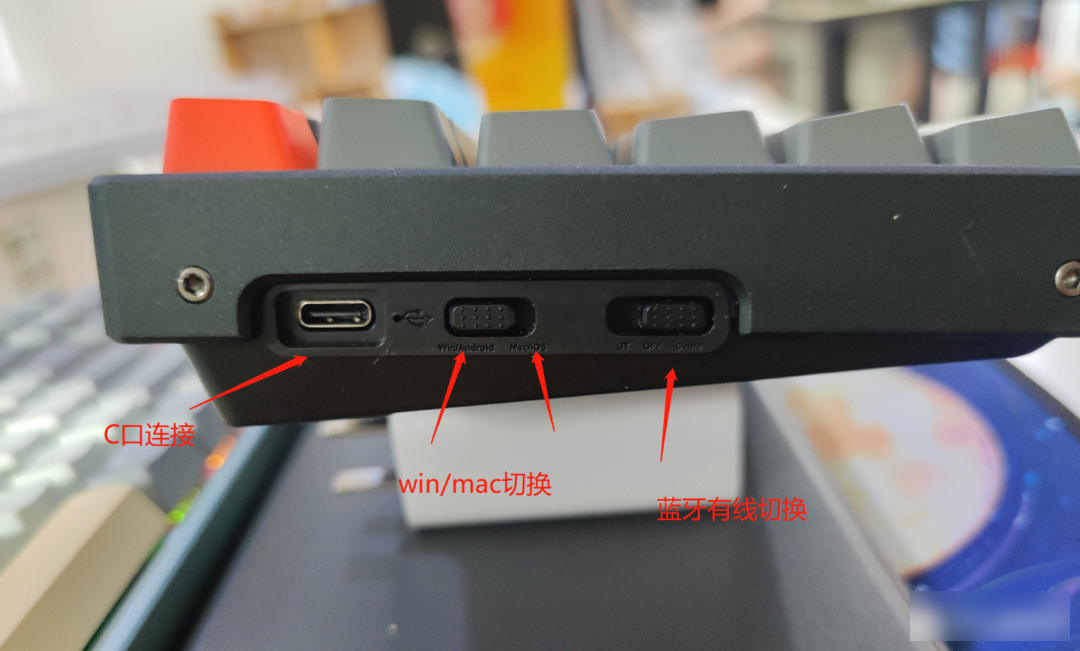
At present, more than 200 mechanical keyboards are basically adapted to Mac (that is, Mac-specific keys such as the Command key are marked on the keycaps), you can understand that "most mechanical keyboards can be used on Mac superior".
Of course, the full series of keyboards made by Beijing are all equipped for Mac (with special replacement keycaps and mode switching keys), so you can see this series of keyboards in many recommended content for Mac keyboards.

It is generally divided into ABS and PBT. ABS is very common in life. It is often used in toys, keycaps, auto parts, etc. It is characterized by cheapness and high cost performance...but it is easy to oil, such as the middle part of K2 in this picture. It is obviously different from the surrounding area, it is oiling.

PBT keycaps are not easy to oil, cost more, wear-resistant and not oily, but the feel is different from ABS, it will be rougher and thicker.
Because of the cost, generally speaking, the better keyboards will use PBT keycaps, but I personally think that the two have their own styles in terms of experience, and we cannot simply judge them based on price.
The keyboard made by Beijing is very popular, and it has a market on Zhihu and among major keyboard lovers.
I have used so many Beijing-made keyboards, and here is an overall conclusion: at the same price, Beijing-made keyboards may not be the most cost-effective. But quality control, quality, and stability are second to none. With so many types of keyboards, each keycap has no burr, Bluetooth is connected in seconds, and the gaps in the frame make the overall workmanship very neat.
There are also disadvantages:
First, the keyboard style of most of the Jingzao series is relatively low-key and lacks vividness.
Second, the keyboard cable is a bit shorter (compared to other brands I have used).
First of all, take a picture to help you understand all the keyboard parameters of the Jingzao series at once (the red mark means that this keyboard is special, you can focus on it):
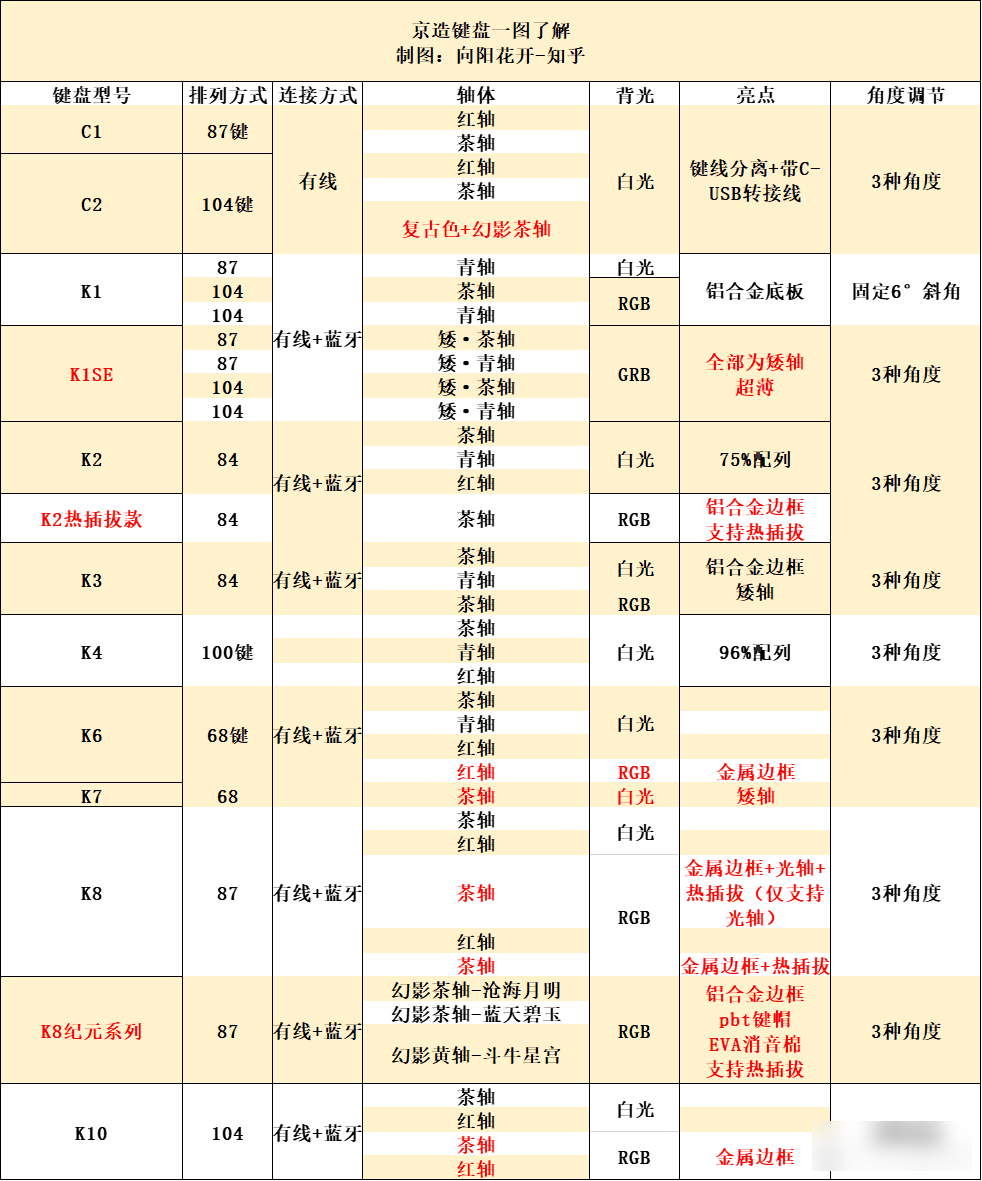
This keyboard has the following features:
All keyboards support key-line separation (including wired keyboards), support win/Mac systems (with replacement keycaps), support one-key switching of lights, and dual-mode design (wired keyboards are not discussed).
You can simply understand it as: These keyboards are different models obtained by arranging and combining factors such as arrangement, low axis/mechanical axis, wired/wireless, RGB/white light.
It is also very simple to choose, Find the configuration you like first, then see if you need RGB, and then see if you need a short switch. Basically, you can choose the keyboard you like.
Among them, I recommend the Era series of K8 the most. It has a unique design style, a high degree of customization, a lot of hardware, and a very high price-performance ratio!
The whole series of Jingzao adopts Jiadalong switch body, which is divided into Jiadalong mechanical switch version (most of them are this version): brown switch, green switch and red switch, which are more classic versions;
In addition, there is a short switch, which is matched with a thin aluminum alloy metal body, which makes the keyboard appear small, but the feel of the short switch is not as good as that of the mechanical switch;
There are also phantom shafts, optical shafts, etc., and there are very few such shafts.
It is best to have a keyboard tray for the mechanical switch version, otherwise the keyboard will be relatively high, and the short switch version does not need it.
The new keyboard made by Beijing is currently recommended for entry-level keyboards.
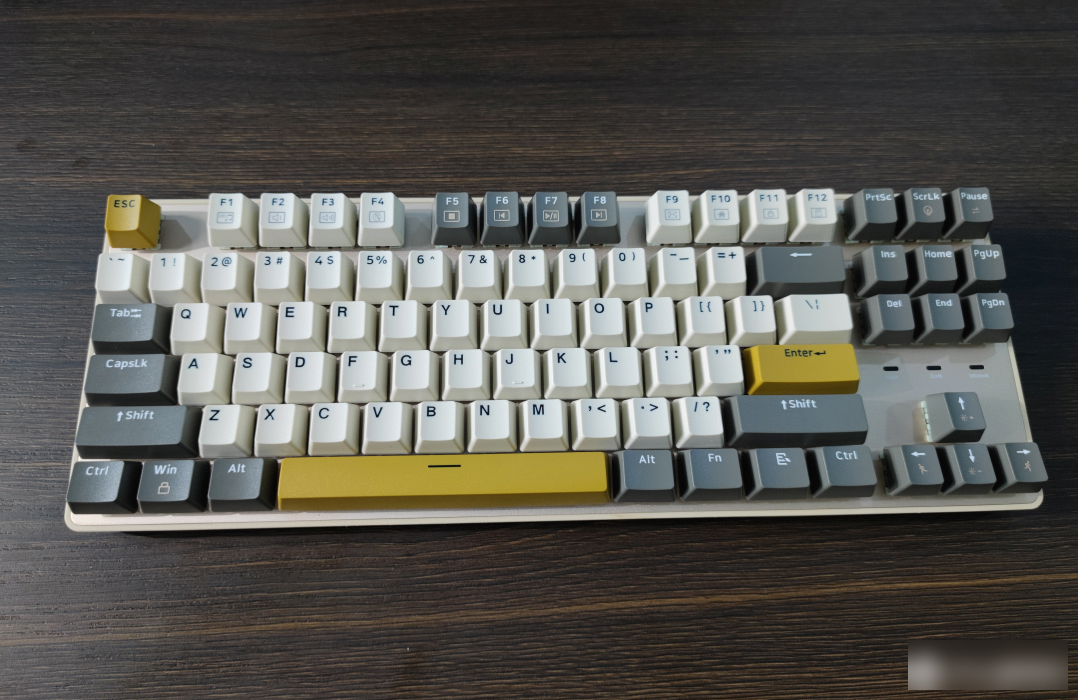
It may be that the keyboard is too curly. Jingzao spent a lot of money this time, and gave PBT keycaps to the 189 yuan wired mechanical keyboard. However, this one only has white light and no RGB. This is a wired keyboard and does not support wireless connections.
I have used this keyboard for two days now, let me tell you about my feelings.
Advantages: Overall, the PBT keycaps feel good, and the "yellow switch" customized by Jingzao has a relatively crisp feel, moderate trigger pressure, but strong rebound.
It is very worthy of praise: the adjustment of the big key is much better than I imagined, and it is very easy to use.
Disadvantages: The texture of the keyboard is still a bit poor. Although the panel is made of alloy, the bottom and the body are made of plastic. The front is actually fine, and it will be more obvious when viewed from the side.
In other respects, there are no RGB, only one gear for the support feet, and the keyboard is too loud. I think it is impossible to force it at this price.
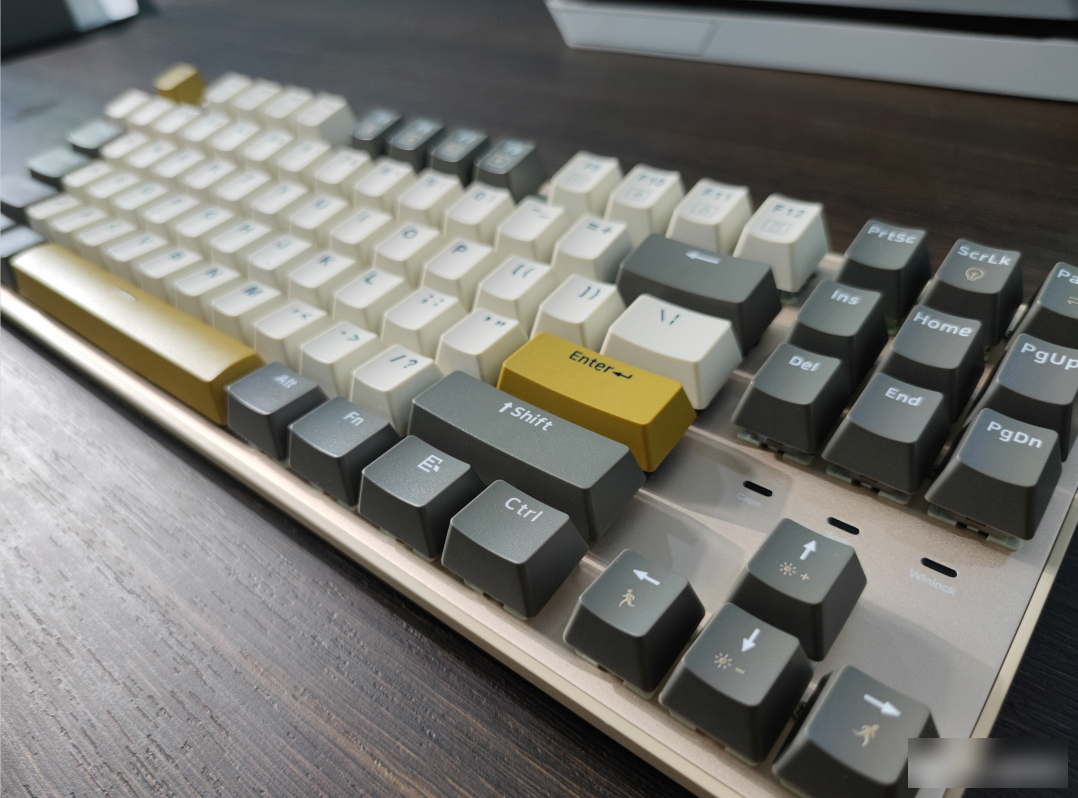
Friends who like 87 keys can start to try it. The current price is 179. If you have a membership, you can lower it. It is indeed a good entry-level keyboard (the video will be posted when it is finished):
There is no doubt that the C series is the best of the best in the entire series. These two are wired keyboards, do not support Bluetooth, and only have white light versions.
However, generally this kind of keyboard is very cost-effective, which means that the brand castrates some performances that they think are not important, so as to concentrate the main force on the product itself.
To put it simply, if the budget is extremely limited and you want to buy a mechanical keyboard, you can consider the C1/C2 version:
The entry-level basic model, this series has the 87-key green switch version, but the K8 does not (it is complementary). In addition, the K1 series cannot adjust the angle, so you need to pay attention.
K1SE, in a simple understanding, is an upgraded version of K1, all of which have been changed to a low-axis version. In addition, foot supports are added to adjust the angle.
This low-axis version has an aluminum alloy shell that looks better than ordinary models. I personally think that if you are purely for office work and want a thinner keyboard, you can consider it, but the feel is really average, and the membrane keyboard is better. The pressure of playing short is also small, but typing is fast:
Made in Beijing K1 SE Bluetooth dual-mode low-axis mechanical keyboard 87-key backlit brown-axis wireless keyboard
K2 is considered a better one, and it is also a recommended one.
Starting from the K2, the keyboards of Jingzao basically have all the functions that should be available, such as foot support, dual-mode, hot-swappable, short axis and so on.
If you want to make a mechanical keyboard in Beijing, K2 is a very worthwhile one.
If the budget is sufficient, you can pay attention to the hot-swappable version and the 84-key arrangement. Note: the tea switch only has RGB + hot-swappable, and the price is also much more expensive.

K3 can be understood as the K2SE version, all of which are replaced with short shafts, but with an aluminum alloy frame, which means the same as K1SE.
The difference between K1SE and K3 is mainly the configuration, and the others are almost the same, including the price, which is also very close.
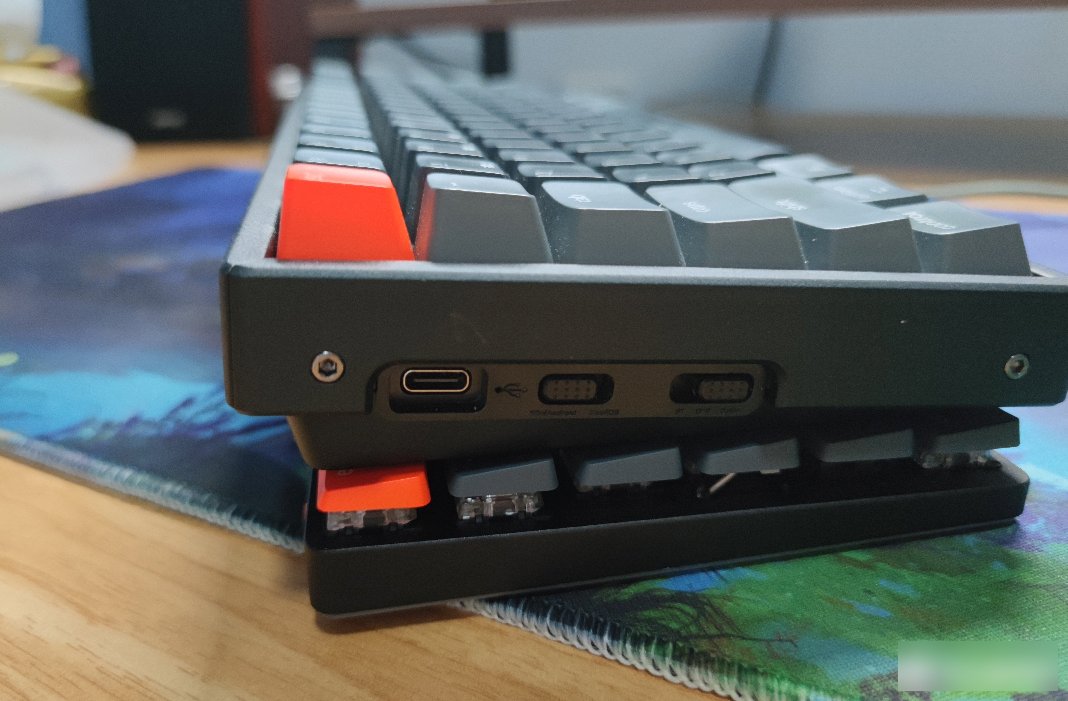
Below is K3, which is more than half thinner than K2
These low-axis models are indeed better-looking than ordinary models in terms of appearance, and their texture is also better:

Still the same sentence, if you don’t play games, you can enter by typing in the office:
Beijing-Tokyo K3 Bluetooth dual-mode low-axis mechanical keyboard 84-key RGB backlit tea axis wireless key
There is nothing to say about the 100-key arrangement of the basic model. If you have a demand for 100 keys, you can consider it, but not many people like this arrangement.
The relatively niche 68-key arrangement is also the one with the least arrangement in the Beijing-made series.
In terms of overall appearance, this arrangement looks good. The 68 keys can play the characteristics of the metal frame, which is very beautiful. Although it is a 68-key arrangement, it is basically the same size as the K3-84 key arrangement.
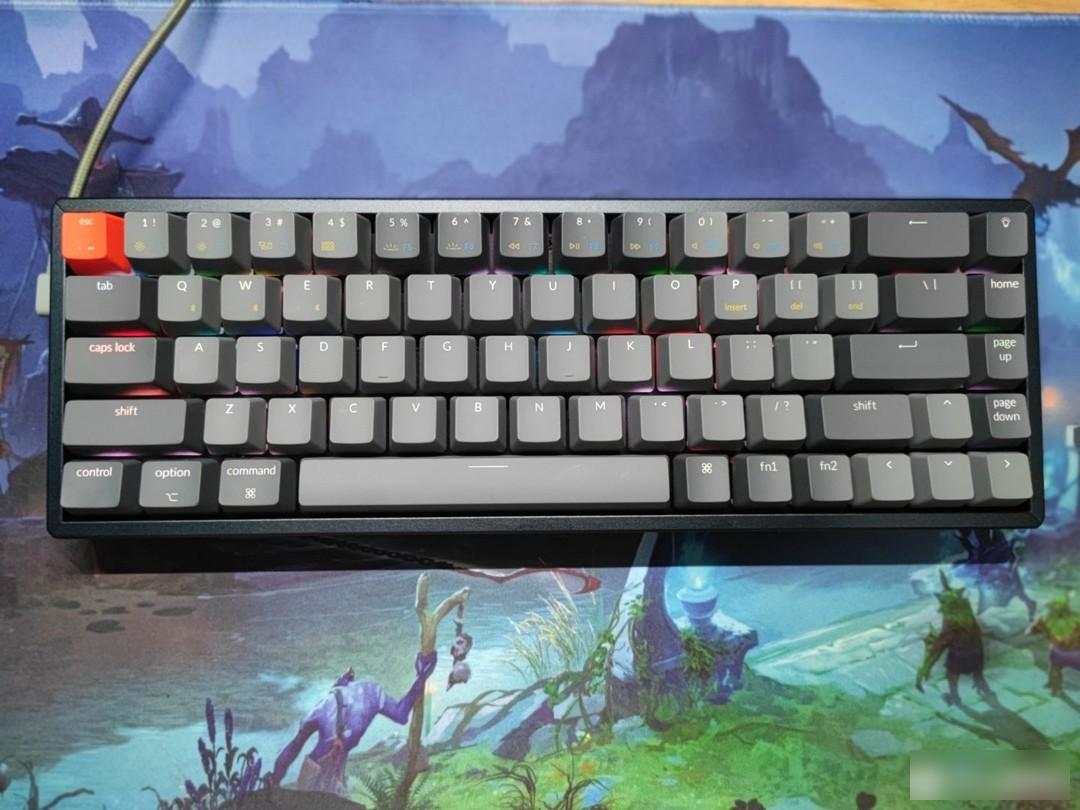
The main reason is to delete the F key and put it in the number key, which needs to be triggered by a combination key. And this is what I said before "it is not the enter, backspace and other keys on the far right". If you don't really like this arrangement, then I don't recommend you to buy it.
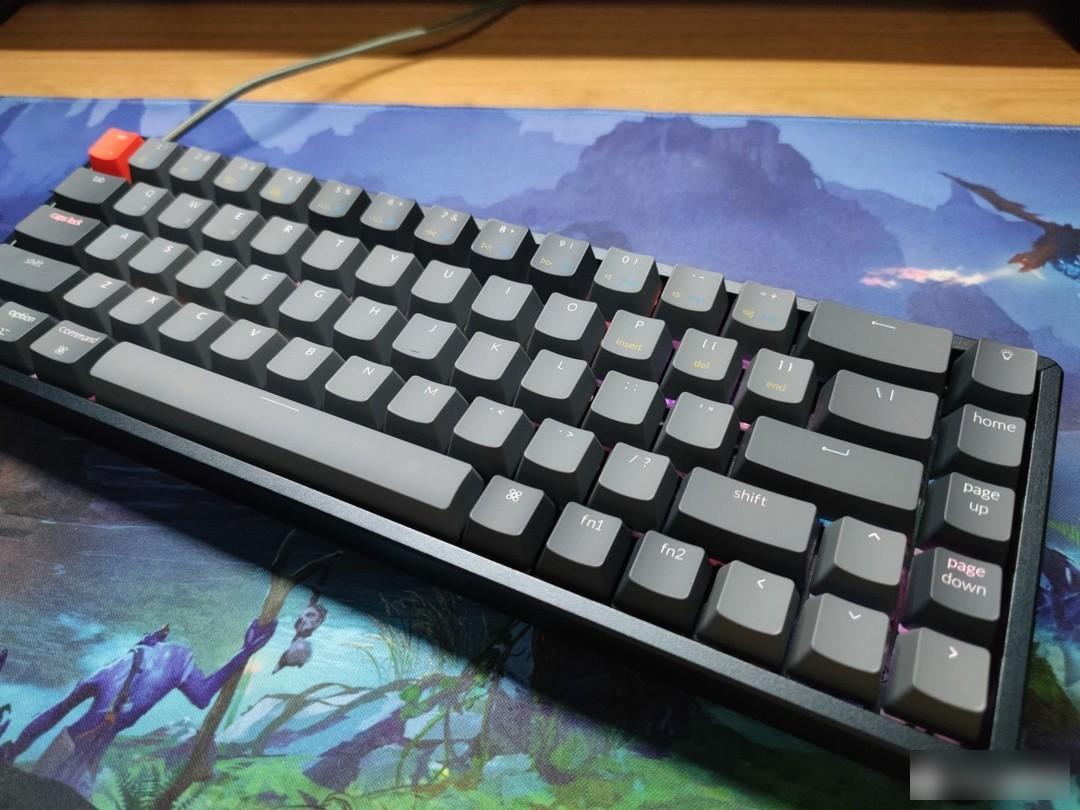
Of course, this small keyboard is really good-looking, and the sound feels a little deeper:
K7, can be understood as the K6SE version: only the brown shaft has a short shaft version. 68 keys + low shaft, it can be said that it is a niche among the niche, really small.
A more comprehensive version, but also a series worth buying.
First of all, it makes up for the embarrassment of K1 without a stand. In addition, there are white light and RGB versions, and the SKU is relatively complete. The tea switch also adds a version of the optical switch, and the 87-key arrangement is also a common arrangement, which is worth buying:
K8 era series, as mentioned earlier, this series is extremely cost-effective, and has its own characteristics in appearance, PBT keycaps, aluminum alloy frame, all hot-swappable + mute cotton, but the price has not increased much. The feel of the phantom axis is quite well tuned.

The light transmittance of PBT material is worse than that of ABS, so the effect of RGB will not be so obvious.
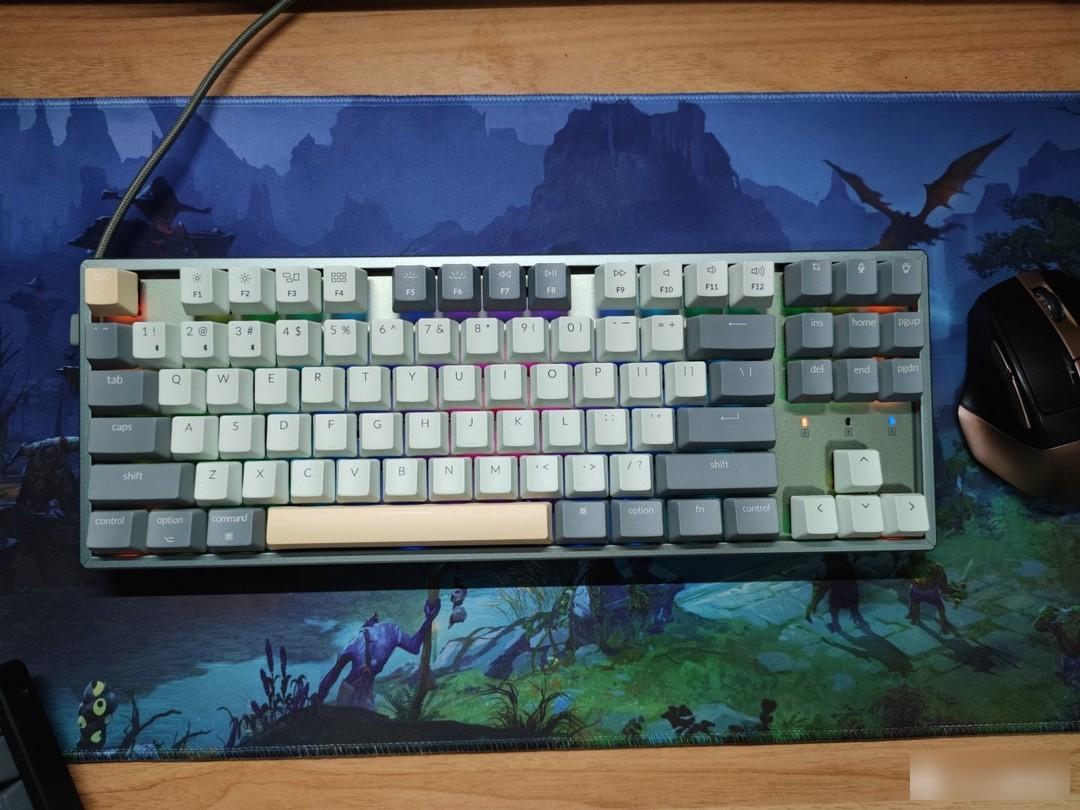
The aluminum alloy frame is matched with a very advanced low-saturation color scheme, which is very textured.

It is the 104-key version with kickstand, which belongs to the enhanced version of K1. There are RGB and white light versions, and two versions with brown and red switches.
The difference from K1 is that K1 does not have a foot support, while K10 does, and other parameters are basically the same.
To be honest, the design style of Jingzao looks old-fashioned in the 104 series, especially the version without RGB, which looks very ordinary:

After adding RGB, it will be better, but it is still nothing special. I personally think that the keyboard is too big, the texture of the metal frame cannot be reflected, and it is not as radical as the short switch, which is caused by the fact that it is closer to an ordinary keyboard.
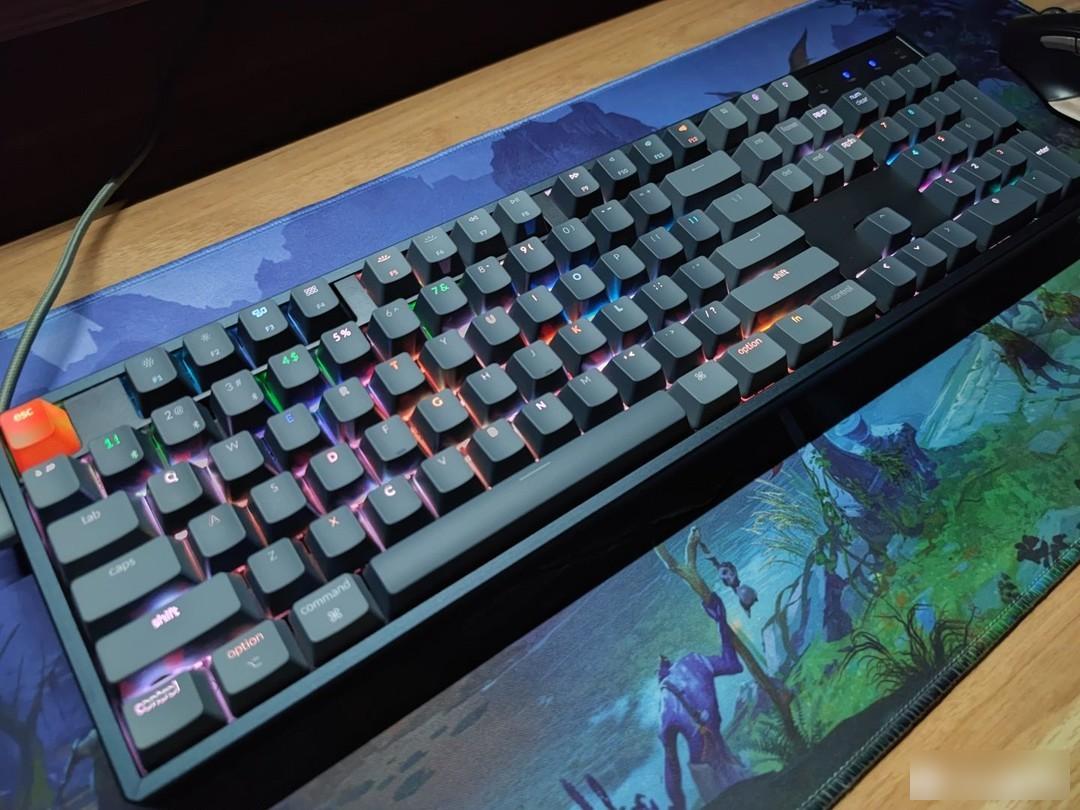
If you need a small keyboard, this one is still worth considering. It’s not ugly, it’s just mediocre:
Made in Beijing K10 Bluetooth dual-mode mechanical keyboard 104-key aluminum alloy frame RGB backlit tea switch
In addition to the above keyboards, Jingzao also launched a new Q series, which is a purely customized keyboard with an all-aluminum body.
The above is all the content of this article~ I hope it can really help you choose a keyboard!
It’s not easy for Xiaobai to generate electricity~ If you see this, I hope you can get a triple company. In addition, if you have any questions, you can leave me a message, and I will try my best to answer~Thank you!
Factory Adress: No.11,FengpingRoad
